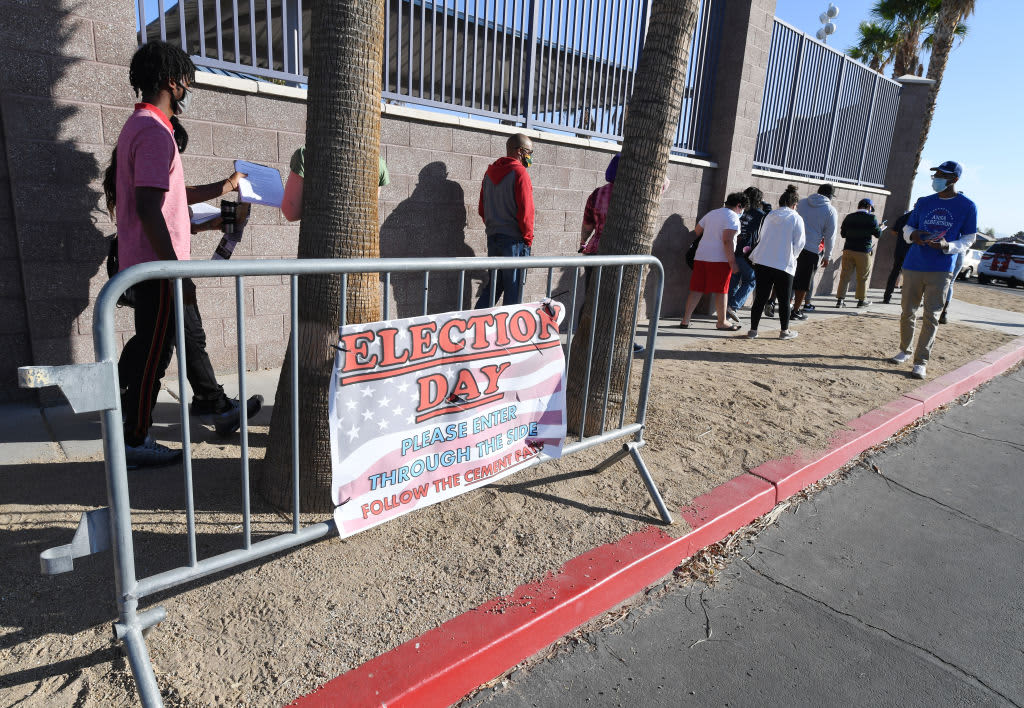People line up to vote at Desert Breeze Community Center on November 3, 2020 in Las Vegas, Nevada.
Ethan Miller | Getty Images
Just over three million homeowners as of last week were delaying their monthly mortgage payments under forbearance plans launched at the start of the coronavirus pandemic.
The bulk of these are government mortgage bailouts. The rest are bank and private label programs. That represents 5.7% of all active mortgages, according to Black Knight, a mortgage data and technology firm.
Certain states, however, are seeing a higher share of borrowers in trouble, likely due to higher levels of Covid-related unemployment. As voters line up on Election Day, some of them may make decisions based on their financial health.
In Florida, Nevada and Texas, a comparatively larger share — between 7% and 8% of borrowers — are delaying their monthly payments under these bailouts. In Georgia, just under 7% are in mortgage bailouts. All of these states are seeing shares higher than the national average.
Workers in Florida and Nevada have been hit disproportionally hard by the pandemic because their economies are based on entertainment and hospitality. Texas is being hit by the massive drop in oil prices, also due to the pandemic.
“What we’ve seen in the data is that areas of the country most economically impacted by Covid-19 – though not necessarily those with the most cases per capita – have had the highest share of homeowners in need of financial assistance,” said Andy Walden, Black Knight economist & director of market research.
“States like Hawaii, Nevada, Illinois, New York, Texas and Florida have had among the largest increases in unemployment rates, and have also had among the highest share of their homeowners entering into forbearance plans,” he said.
In Arizona, Pennsylvania, Wisconsin, Ohio, Iowa and Michigan, the share is in the 4% range, below the national average. North Carolina is right around average at 5.0%.
The bailout programs allow borrowers to delay their payments in 3-month increments for up to a year. About 80% of all borrowers in bailouts are on extensions beyond the first 3 months.
Last week there was an uptick in both new forbearance plans as well as some borrowers coming back into forbearance after getting current on their home loans. The numbers are down significantly, however, from the start of the pandemic.
